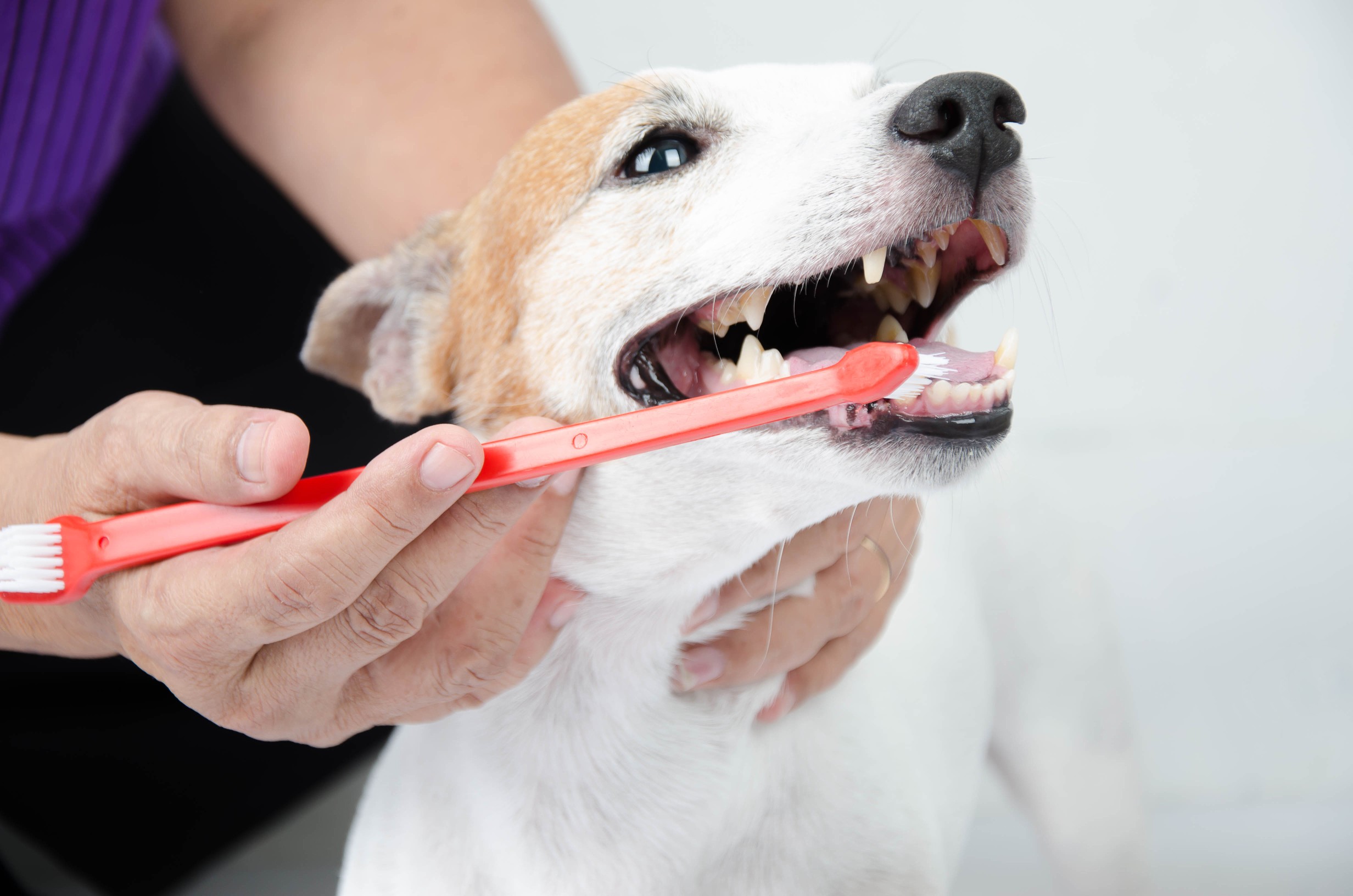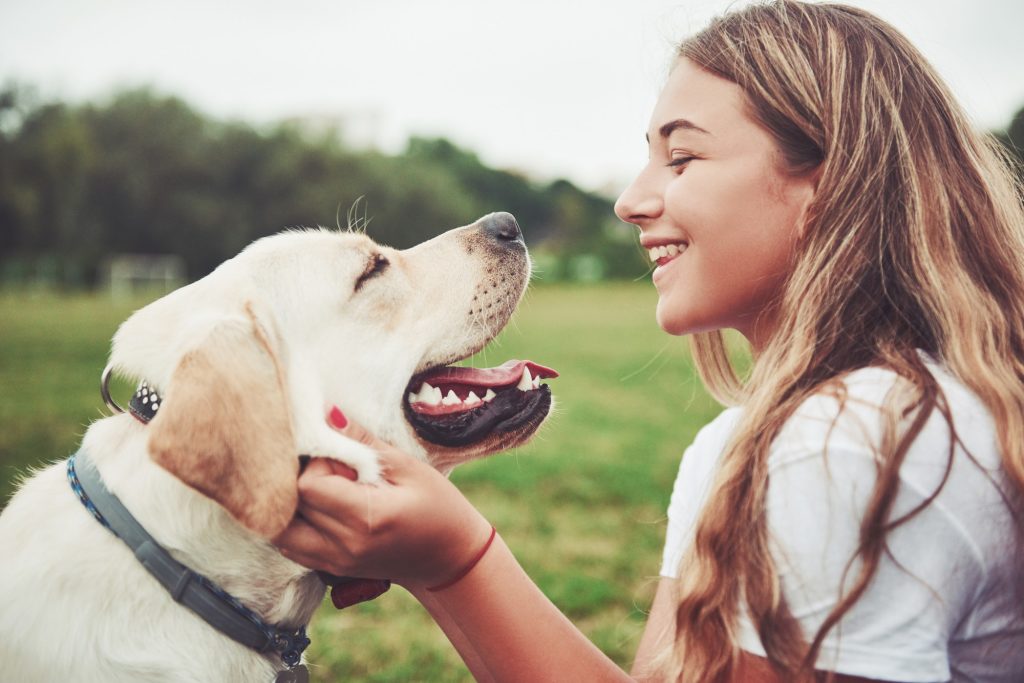How a Rainy Night and Beyoncé Kept DC Metro Running
August 9, 2023
In the captivating world of music and entertainment, artists wield a unique power that extends beyond the boundaries of the stage, leaving an indelible mark on the hearts and minds…

Generally, brushing your pet’s teeth is a good idea. Like humans, pets can develop dental problems like tartar buildup, gum, or tooth decay. These issues can cause pain, discomfort, and other health problems.
If your pet is not used to you brushing their teeth, start slowly and gradually increase the amount of time you spend brushing. Consult with your veterinarian about your pet’s dental health and to get advice on how often to brush their teeth and what products to use.
Brushing your pet’s teeth has several advantages, including:
Dental disease can cause tooth loss, pain, and other health problems. Brushing your pet’s teeth regularly can help prevent dental disease by removing plaque and tartar buildup.
Bad breath is a common problem in pets, which can be a result of dental disease. Brushing your pet’s teeth regularly can help freshen their breath.
Preventing dental disease by brushing your pet’s teeth regularly can save you money on expensive dental procedures that may be required if dental disease is left untreated.
Brushing your pet’s teeth allows you to bond with them. Additionally, it demonstrates that you care for their well-being.

Some steps to follow when brushing your pet’s teeth include:
Choosing the right toothbrush and toothpaste is vital as pet-safe toothpastes are specially formulated for pets and safe to swallow. Ensure that you restrain from using human toothpaste as it contains fluoride and other ingredients that can harm pets.
Using a soft-bristled toothbrush is also essential as it is gentle on your pet’s teeth and gums and will not cause discomfort or damage to their teeth. Choose an appropriately sized toothbrush for your pet’s mouth to help clean its teeth effectively.
In addition, choose a toothbrush that is durable and can withstand regular use. Look for toothbrushes with sturdy bristles and handles that are easy to grip.
Introducing your pet to the toothbrush and toothpaste slowly can reduce anxiety and stress associated with tooth brushing. It can make the experience more pleasant and less stressful for your pet. You can also let your pet taste the toothpaste to help them become familiar with the taste and texture.
By getting your pet used to the toothbrush and toothpaste, you can encourage cooperation and make the toothbrushing process more pleasant for you and your pet. It can help to make tooth brushing a positive experience for your pet.
When your pet is comfortable with the toothbrush and toothpaste, you can brush their teeth more effectively. Your pet will be more likely to sit still and allow you to brush its teeth without struggling or becoming anxious.
Lifting the lip and brushing is essential when cleaning your pet’s teeth. Start by approaching your pet calmly and gently and talking to them soothingly. Then hold your pet’s head gently and lift their lip to expose their teeth. Be gentle and avoid pulling too hard, as this can cause discomfort.
Using a soft-bristled toothbrush and pet-safe toothpaste, brush your pet’s teeth in circular motions. Start with the front teeth and work your way back to the molars.
Ensure that you brush both the inside and outside of each tooth. Furthermore, pay extra attention to areas where plaque accumulates, such as the back molars.
Rewarding your pet after brushing their teeth is a crucial step when it comes to brushing your pet’s teeth for several reasons:
Rewarding your pet after brushing their teeth provides positive reinforcement, which can help to encourage them to cooperate during future tooth brushing sessions.
By rewarding your pet, you send a message that tooth brushing is a positive experience. It can encourage your pet to cooperate during future toothbrushing sessions and make the process more pleasant for you and your pet.
Rewarding your pet after tooth brushing can help to make tooth brushing a more positive and enjoyable experience for your pet.
By rewarding your pet after tooth brushing, you build trust between you and your pet. It can create a positive association with tooth brushing and make the experience more enjoyable for your pet.

You spend regular one-on-one time with your pet by making tooth brushing a habit. It can help to better the bond between you and your pet and create a positive association with tooth brushing.
It establishes a routine that your pet can become familiar with. It can aid in reducing anxiety and stress associated with tooth brushing and make the experience more enjoyable for your pet.
Choosing the best toothpaste for your pet can be overwhelming, as many options are available on the market. Some factors to consider when selecting a toothpaste for your pet include:
Choose a toothpaste flavor that your pet enjoys. Many pet toothpaste brands come in flavors like chicken, beef, and peanut butter that appeal to pets.
Look for a toothpaste that contains safe and effective ingredients for pets. Some toothpaste brands contain enzymes that can help to break down plaque and tartar, while others contain antibacterial agents that can help to prevent gum disease.
Choose a toothpaste with a texture that your pet is comfortable with. Some pets prefer a smooth texture, while others prefer a more gritty texture.
Some examples of toothpaste brands that veterinarians recommend include:
This toothpaste contains enzymes that help to break down plaque and prevent tartar buildup. It comes in various flavors, including poultry, beef, seafood, and vanilla mint.
This toothpaste contains enzymes and natural abrasives that help to clean teeth and freshen breath. It comes in flavors like poultry, beef, and mint.
This toothpaste contains patented enzymes and natural abrasives to help reduce plaque and tartar buildup. It comes in various flavors, including poultry, beef, and seafood.
This toothpaste is formulated for dogs and contains natural ingredients like Denta-C that help to clean teeth, freshen breath, and promote healthy gums. It comes in flavors like peanut butter and vanilla-mint.
This toothpaste is designed for dogs and contains baking soda and enzymes that help to clean teeth and freshen breath. It comes in flavors like beef and chicken.
Brushing your pet’s teeth is essential to their overall health and well-being. To make brushing your pet’s teeth a successful habit, you should choose the right toothbrush and toothpaste, get your pet used to the idea gradually and always reward your pet.
Many toothpaste brands on the market are specifically designed for pets, so choosing the one suitable for your pet’s species, flavor preference, and needs is essential. If you need help brushing your pet’s teeth, consult your veterinarian, who can guide and advise on maintaining your pet’s dental health.